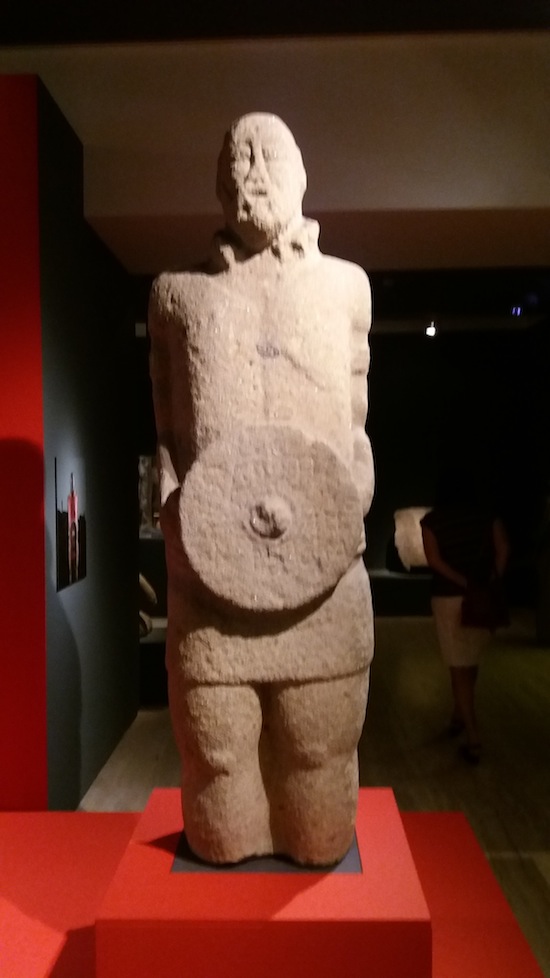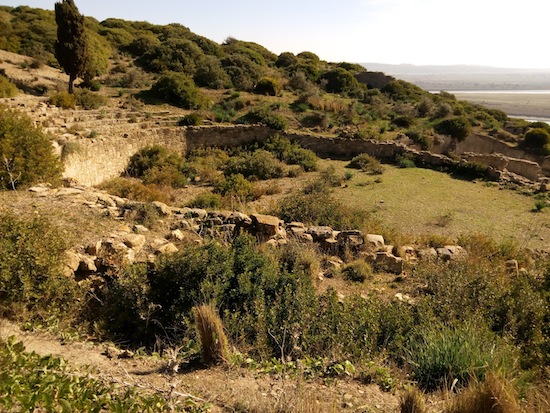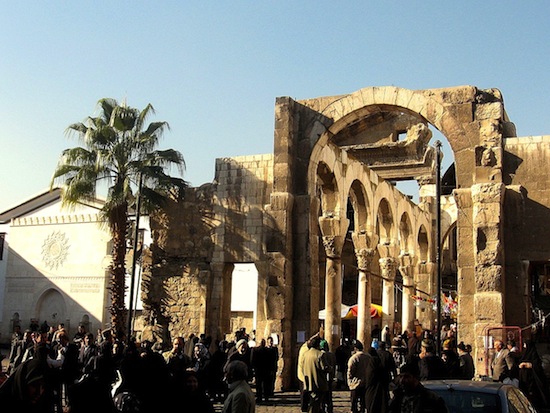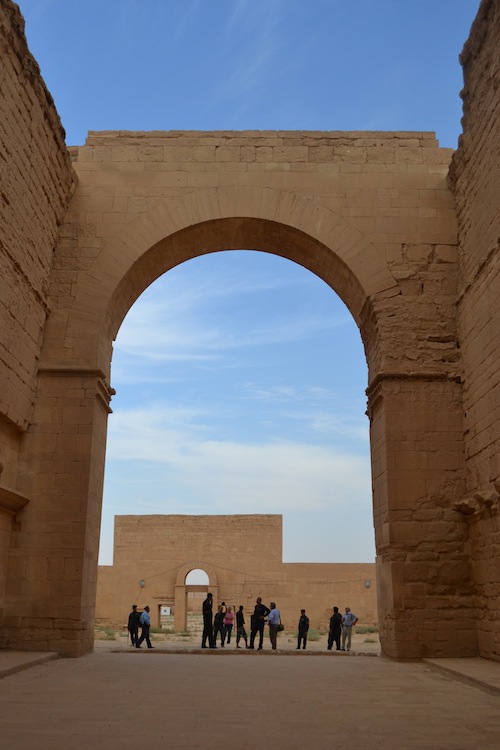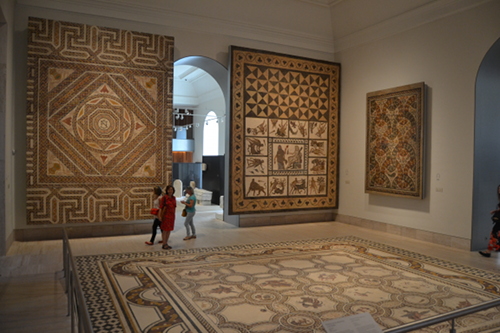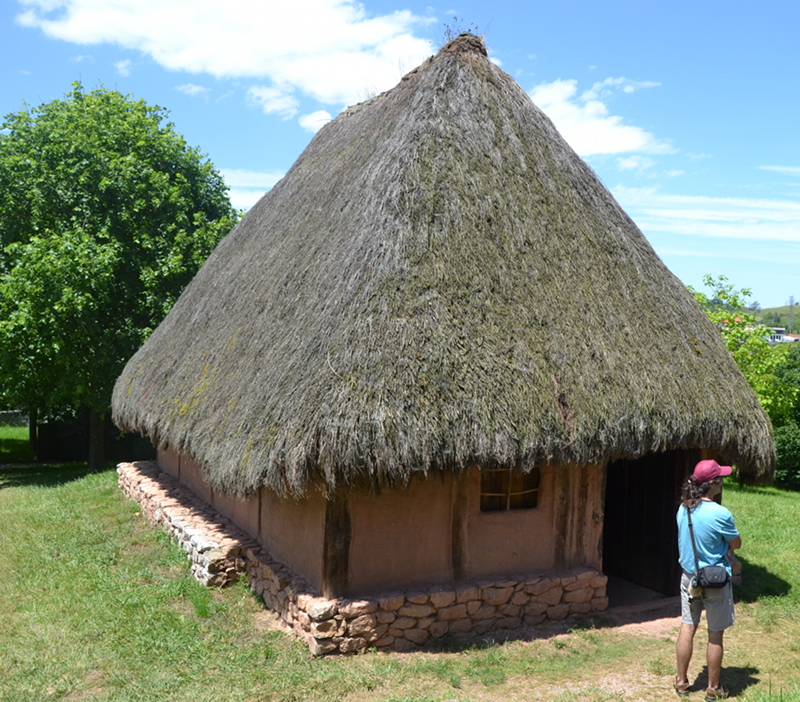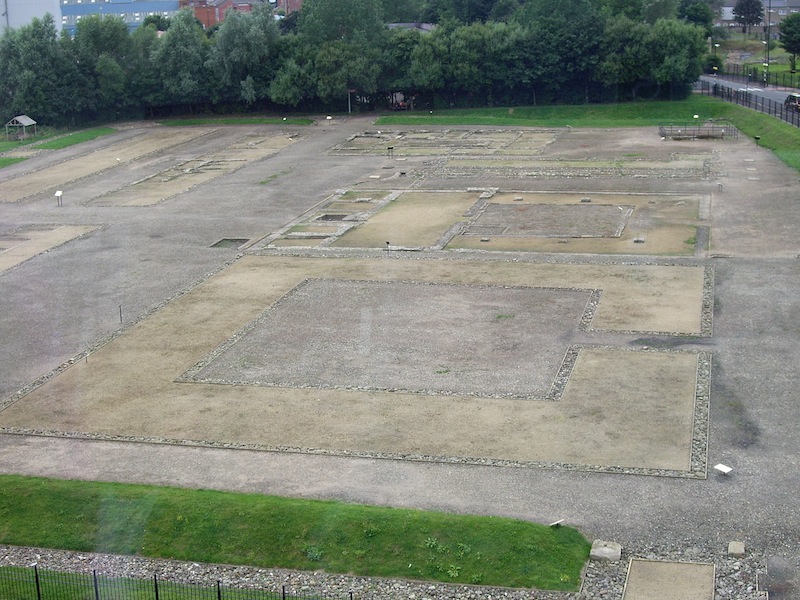Phoenician and Roman Cádiz: The Original Pillars of Hercules
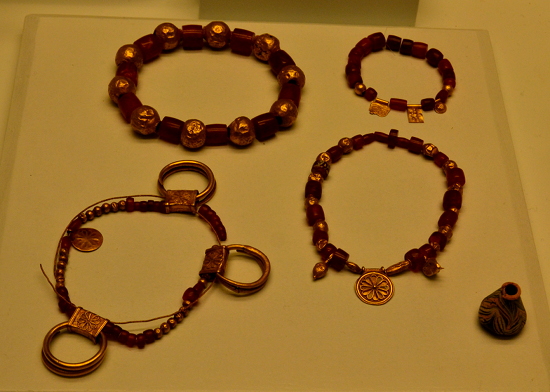
Phoenician bling.Jewelry found in the Phoenician cemetery dating
from the 5th to 2nd centuries BC. The finds include many imports,
even amulets of Horus and Sekhmet from as far away as Egypt
Europe is known for its ancient cities, with many dating to Roman or even pre-Roman times. One of the oldest continually inhabited cities in Europe is Cádiz, on the southwestern coast of Spain near the Strait of Gibraltar. It has been a city since at least Phoenician times and has been of crucial importance to the region ever since.
